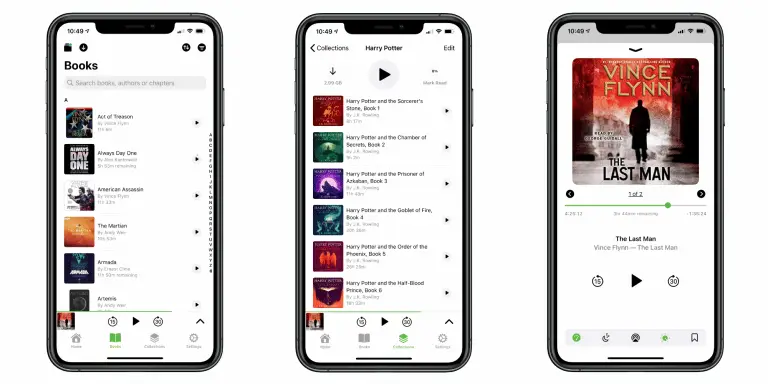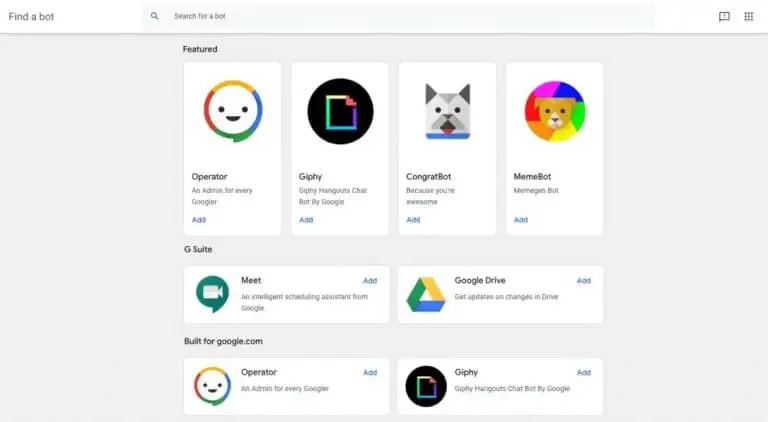Logitech HomeKit doorbell ready to rule the roost - Review
The HomeKit doorbell scene has finally taken off and one of the most compelling options is Logitech's new Circle View doorbell. Its clean, simple design, HomeKit Secure Video support, facial recognition, and an impressive price tag, especially if you're willing to handle the setup yourself. Join us for our full review of this Logitech HomeKit doorbell, the first true consumer option with HKSV.
The launch of the Logitech Circle View Doorbell was a really nice surprise in December with support for HomeKit Secure Video and a solid price tag of $ 199. The only other doorbell on the market with HomeKit Secure Video (HKSV) at the time of writing is the Robin ProLine - but it's really more of a commercial product with a price tag of around $ 600.
The Netatmo smart video doorbell, Yobi B3 (review), and Arlo smart doorbells come with HomeKit but include tradeoffs like no HKSVs. With a competitive price, HKSV, and features like facial recognition, I think the Logitech Circle View is positioned to own the smart doorbell market among Apple users, here's why ...
Note: Before purchasing the Logitech Circle View doorbell, make sure to use the compatibility checker to confirm that it will work in your home.
Features of the Logitech HomeKit doorbell
- Logitech TrueView ™ video with 160 ° field of view, HD video, HDR and color night vision
- Portrait view in 3: 4 aspect ratio
- 5 MP sensor with HDR 1200 x 1600 compatible video
- 4000K LED light strip that provides illumination in an open area up to 6 feet away
- Bidirectional audio
- Full duplex with acoustic echo cancellation
- Developed exclusively for Apple HomeKit. Enjoy a seamless viewing experience with two-way audio in the Home app on iPhone, iPad, Apple Watch, Mac, and Apple TV
- Facial recognition and personalized activity zones
- High quality sensor with high dynamic range for more detail in high contrast videos, so you can clearly see visitors in the sun or in the shade
- Includes two mounting options (straight and 20 degree angled), a chime kit, and wiring to connect to a wired 8-24VAC 10VA or greater doorbell system
- Wireless connectivity: 2,4 / 5 GHz a / b / g / n / ac 2 x 2 MIMO Wi-Fi
- Requires a home internet connection with a download speed of at least 2,5 Mbps
- IP65 dust and water resistance
Design and build
This Logitech HomeKit doorbell is made with high quality plastic construction with a clean and minimal black design and features a glass faceplate on the front. I think it will look great on the porch of almost any style of home.
The camera lens is at the top, the integrated LED is in the middle, with an illuminated doorbell button at the bottom.
The back has the HomeKit code and two pins that connect the doorbell to the standard or angled bracket with wiring from your existing (or new) doorbell setup.
There is a double rubber gasket around the edge of the doorbell to keep rain and snow out and the microphone, speaker and microUSB (used for the setup process) at the bottom.
Setting up the Logitech HomeKit doorbell
As mentioned above, you'll want to make sure that the Logitech Circle View doorbell will work with your existing wired doorbell setup before purchasing it. You can do it here. Otherwise, you may need to do a full rewiring / doorbell setup and / or hire an electrician.
I would say if you have done any minor electrical work in your home such as replacing switches, sockets, lighting fixtures, you will probably feel comfortable installing this HomeKit doorbell yourself. . Otherwise, Logitech offers professional installation for $ 100 ($ 299 in total).
Your mileage may vary, but I think most auto-installers should be able to do this in about 30-60 minutes.
Here's a look at everything included in the box with the Logitech HomeKit doorbell:
On the setup card above, you get a link to step-by-step installation instructions as well as a second HomeKit code for your doorbell.
Logitech has done a good job with the web instructions, here are the main steps:
- Temporarily power the doorbell via microUSB, configure and add to the Home app
- Confirm the wiring of your existing doorbell
- Turn off the circuit breaker for your doorbell wiring, install the Logitech doorbell kit
- Make sure Circle View has Wi-Fi in the desired installation location, install the bracket and doorbell
The one thing I didn't see explicit guidelines on was how your existing wiring attaches to the back of the Logitech mounting plate (unless I somehow missed it in some way or another). another one). It's basically a pressure activated wire harness that you push your wires into.
Here is an overview of the options when setting up this HomeKit Secure Video compatible doorbell:
You have control over how streaming and recording work, whether you want to use facial recognition, and more.
You can choose to use HomePod as a doorbell chime, an actual chime, or both. You also get a motion sensor and a light sensor that you can use to create home app automations.
in use
I have been using the Logitech HomeKit doorbell for a few weeks now and it is still reliable with good picture quality.
If you choose to use facial recognition, it works through accessing the Photos app and / or you can recent unidentified visitors that will appear in the Logitech Circle View doorbell settings in the Home app. This makes it easier to add or hide less frequent visitors.
In addition to live facial recognition in the Home app for iPhone, iPad, Mac, and Apple TV, HomePod also gives an audio announcement of people who are recognized at your doorstep.
Here's a look at image quality and more:
I turn on our porch lights every night as part of a HomeKit automation, but the LED built into the Logitech Circle View is bright enough and provides good visibility even if your porch has no other lighting.
Viewing past recordings is easy with the Calendar integration at the top of the Logitech Doorbell Viewer in the Home app (shown above). With HomeKit Secure Video, you can set up 1 camera if you have at least a 200GB iCloud storage plan, or 5 if you have a 2TB plan. This provides a 10-day recording history that does not actually consume no part of your iCloud storage. Another big advantage of HKSV is the end-to-end encryption for all your video recordings.
If you've never used HomeKit Secure Video, it's easy to set up activity zones to dial in what triggers alerts. This is also where you can add names to unidentified faces, control the night vision light, and more.
The only thing I would offer constructive criticism on would be the camera resolution. It would have been great to have seen something higher than the 1200 x 1600 HD (3: 4 portrait) that is included here. I don't think that's a deciding factor, the Robin ProLine only offers 720p, and the Netatmo and Yobi B3 have 1080p resolution (with 9:16 portrait orientation).
But I think Logitech could have really differentiated the Circle View doorbell from the competition with 1500 x 2000 or more.
Final thoughts on the Logitech HomeKit doorbell
Overall, I think this Logitech HomeKit doorbell is the best option out there for Apple users. You get well-designed hardware, HomeKit Secure Video and all the features it brings, good HD resolution with HDR and night vision - all at a very competitive price of $ 199.
For comparison, the commercial-style Robin ProLine models that offer HKSV cost between $ 500 and $ 700. Netatmo's smart video doorbell sells for $ 299 and it lacks HKSV. The Yobi B3 can sometimes be found for less than $ 200 but like Netatmo, no HKSV and the same goes for Arlo's wired video doorbell. If you're willing to forgo HKSV, the wired version of Arlo may be the one to woo the HomeKit doorbell at around $ 100.
If you've been waiting for a compelling HomeKit doorbell experience to switch from your dumbbell doorbell or non-HomeKit smart doorbell, I think the Logitech Circle View doorbell is definitely worth choosing. You can find it directly from Logitech as well as from Apple.
Check out 9to5Mac on YouTube for more information on Apple:





